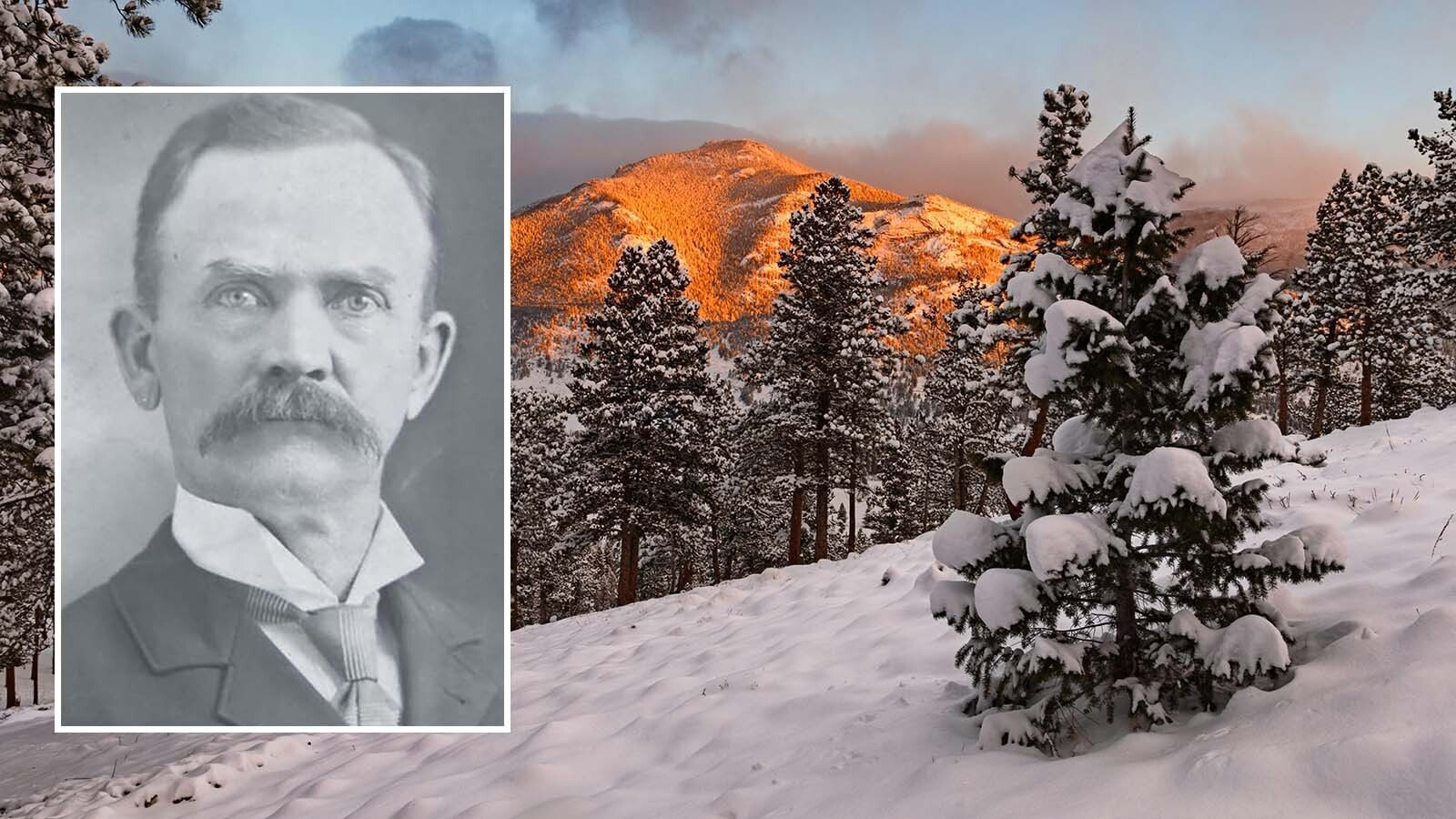Rodeo fans across the continent watch bareback riders jerk and snatch, flop and pop, hang and rattle on the backs of lunging, pitching, rearing, kicking horses. And the cowboy’s only connection to the horse is one gloved hand grasping a bareback rigging. Or riggin’ in rodeo parlance.
The riggin’ that makes what is usually considered rodeo’s most physically demanding event possible celebrated its hundredth anniversary in 2024, and its roots are traced to one man: Earl Bascom, one of the legendary Bronco Bustin’ Bascom Brothers. And the bareback riggin’ is only one item on a long list of reasons Bascom is called the Father of Modern Rodeo.
Born on a ranch near Vernal, Utah, in 1906, Bascom grew up horseback, learning to ride almost before he could walk. Following the death of his mother, Bascom’s father relocated to Alberta, Canada, where he worked on a number of ranches. The boys—Raymond, Melvin, Earl, and Weldon worked the ranches as well.
One such ranch, where the family lived and worked for years, was owned by legendary Canadian rancher Ray Knight. The grass of southern Canada fed thousands and thousands of cattle and horses and made a lifelong impression on young Earl Bascom. “The horse is my life and specialty,” he once said. “I worked for some of the big horse outfits between Purple Springs and the Sweetgrass Hills. On one roundup some 7,000 horses were gathered in one bunch a mile wide. You’ve never seen a prettier sight in all your life.”
Earl was especially fond of horses that bucked. He started competing in rodeos at an early age and pocketed more than his share of prize money. His experiences and observations in the arena set him to thinking of ways to improve rodeo. His thinking led to several developments and innovations that have become standard in the sport.
In 1916 he introduced the side-delivery bucking chute, replacing the front delivery “shotgun” chute responsible for numerous leg injuries to cowboys. He improved on the idea in 1919 with the rear-opening side-delivery chute, making it safer still. And Bascom introduced the first bronc saddle without a horn, and an improved design for chaps for bronc riding. Along the way, he and his brothers pioneered night rodeos and lighted arenas and introduced brahma bull riding.
But, back to his bareback riggin’.
In rodeo’s early days there were few rules or standards in the bareback bronc riding event. The amount of time cowboys were required to ride varied from seconds to riding the horse to a standstill. Equipment varied from a simple mane hold, to a braided loose rope, to a leather surcingle with loops for handholds. Most competitors rode with two hands.
Earl thought there was a better way. The design he devised was first cut as a single piece from a thick rubber threshing machine belt, with D-rings for latigos attached to the body’s side wings, and a fold-back handhold fastened to the body. That effort soon evolved into a layered leather body and a leather handhold reinforced and stiffened with rawhide, with a protective patch of sheepskin beneath. The bareback riggin’ has been much the same ever since Earl’s 1924 invention. There have been modifications and improvements over the past century, but the most modern, high-tech riggin’ in use today is a clear descendant of the Bascom invention.
As influential as Earl Bascom was in the rodeo arena—he holds a place in virtually every associated hall of fame in North America and elsewhere—that is not all there was to the man. Bascom was also an artist, recognized as the first professional rodeo cowboy artist by the Professional Rodeo Cowboy Artists Association. His fame crosses the ocean as well, honored as a Fellow of the Royal Society of Arts of London—the first cowboy so honored since the society set up shop in 1754. His works of art were collected widely. Among his fans was cowboy star Roy Rogers, who owned several of his sculptures. The two cowboys became friends. “Earl Bascom is a walking book of history,” Rogers said. “His knowledge of the Old West was acquired the old-fashioned way—he was born and raised in it.”
Earl Bascom passed away in 1995 in California. But he will live on forever wherever and whenever there is a rodeo, from youth competitions to the big time.
Utah historian R.B. Miller can be reached at writerRodMiller@gmail.com








